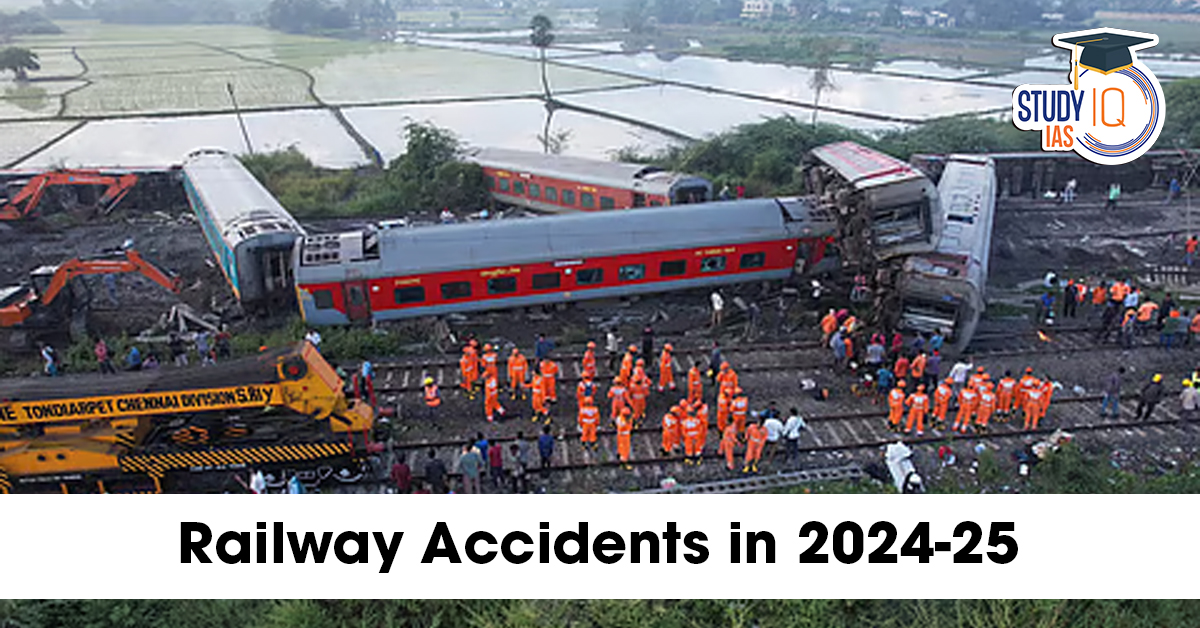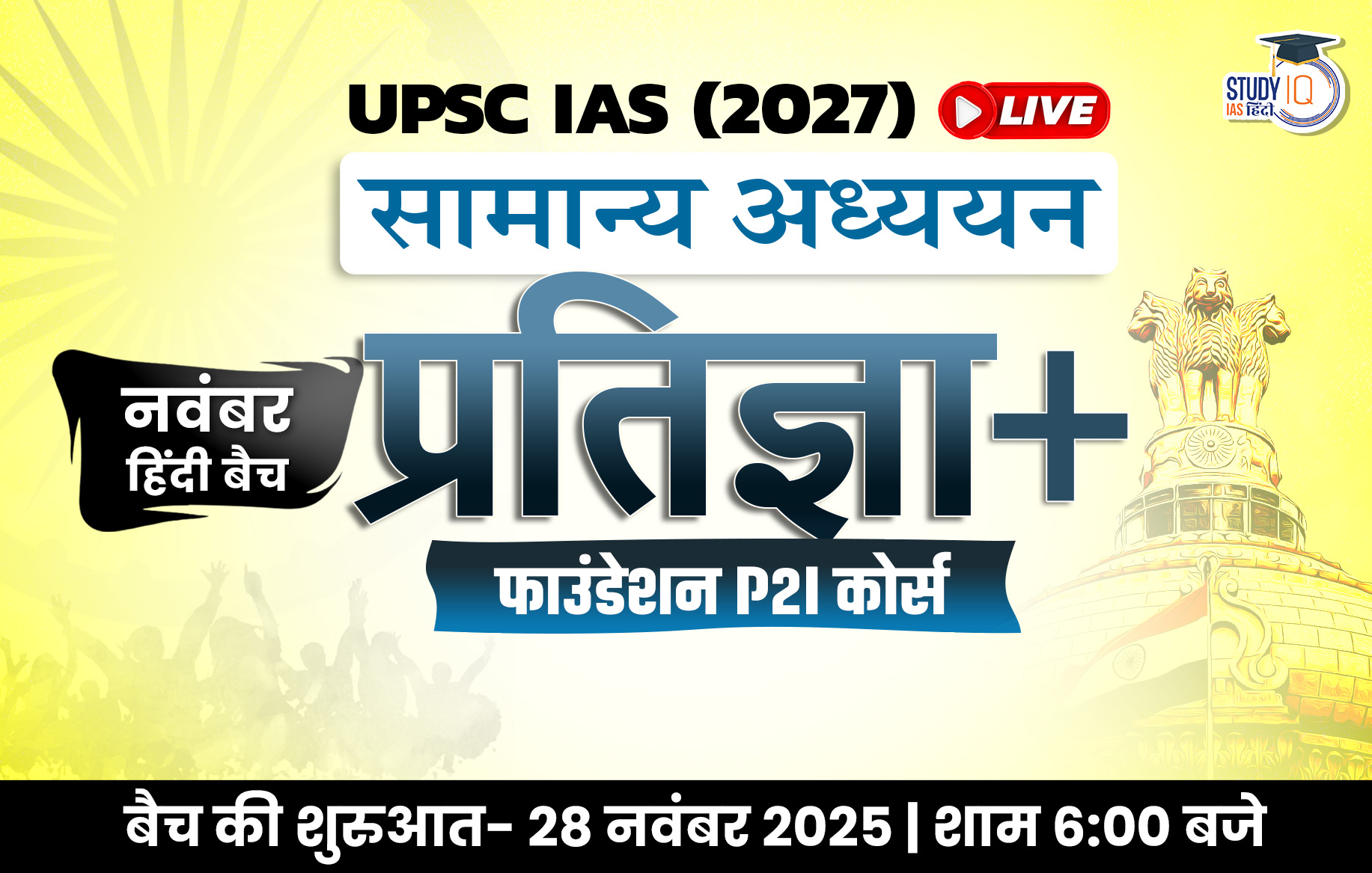Context:
- Indian Railways achieved a historic low in consequential train accidents — from 1,711 (2004–14) to 31 in 2024–25 and only 3 in 2025–26 (till June).
- Accidents per million train km dropped 73% (0.11 in 2014–15 to 0.03 in 2024–25).
Government Initiatives to Reduce Train Accidents (Indian Railways)
- Kavach (Train Collision Avoidance System) – An indigenous automatic train protection system to prevent collisions, control overspeeding, and ensure signal compliance.
- Electronic Interlocking – Massive expansion from 2,608 stations (2014) to 7,324 stations (2025) to prevent conflicting train movements.
- Track Renewal & Upgradation – Continuous replacement of worn-out rails and use of heavier 60 kg rails for better durability.
- Ultrasonic Flaw Detection (USFD) – Increased deployment to detect hidden rail cracks before failure.
- Fog Safety Devices (FSDs) – Scale-up from 90 devices (2014) to 25,939 (2025) to improve visibility and safety during foggy conditions.
- Anti-derailment measures – Upgrading of track geometry, strengthening of bridges, and stricter maintenance regimes.
- Fire Safety Improvements – Enhanced fire-retardant materials in coaches, better fire detection & suppression systems.
- Crew Training & Human Resource Development – Simulation-based training for loco pilots, refresher courses, and stricter medical fitness checks.
- Level Crossing Safety – Elimination of all unmanned level crossings on broad-gauge routes, installation of warning systems at manned ones.
- Signal Modernisation – LED-based signals, better visibility, and integration with centralised traffic control.
- Rolling Stock Upgrades – LHB coaches with improved crashworthiness replacing older ICF designs.
- Use of AI & Data Analytics – Predictive maintenance using sensors and monitoring data to anticipate failures before they occur.


 Atlantic Meridional Overturning Circulat...
Atlantic Meridional Overturning Circulat...
 Data Protection Rules 2025: Key Features...
Data Protection Rules 2025: Key Features...
 Global TB Report 2025: India’s Progres...
Global TB Report 2025: India’s Progres...

























